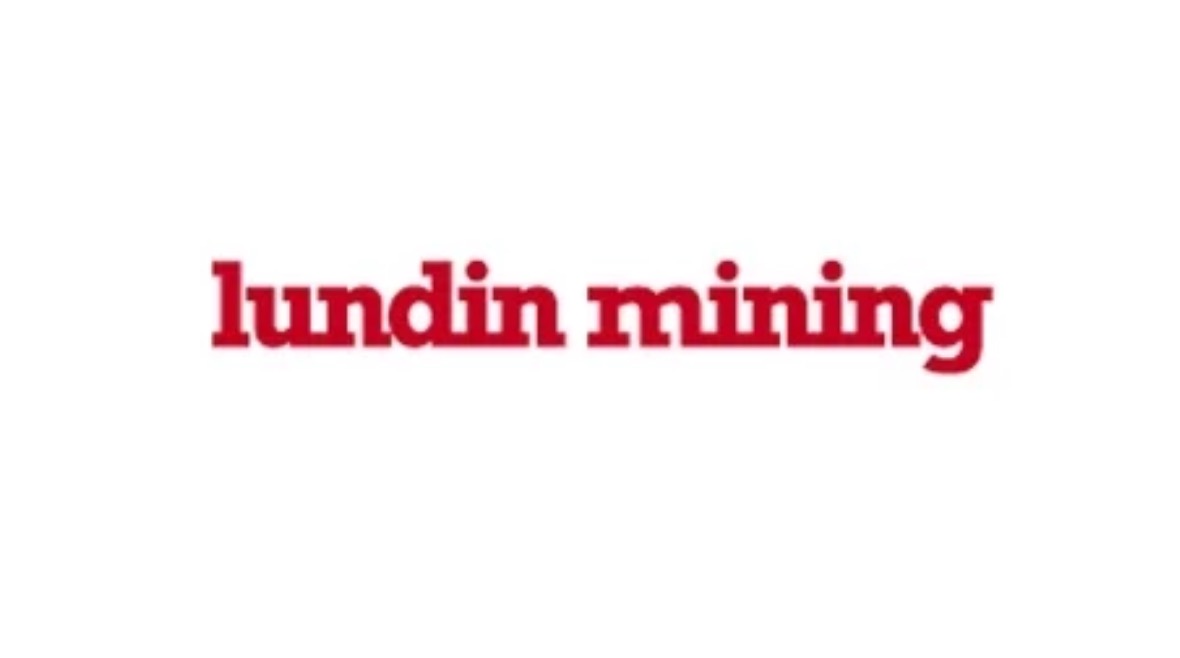by
 Scott Schefrin, Portfolio Manager & Eugene Smit, CFA, Portfolio Analyst and Manager—AB Hedge Fund Solutions, AllianceBernstein
Scott Schefrin, Portfolio Manager & Eugene Smit, CFA, Portfolio Analyst and Manager—AB Hedge Fund Solutions, AllianceBernstein
Is an M&A boom brewing?
There’s a shift underway in the mergers and acquisitions (M&A) market. The headwinds of rising rates, price volatility and increased global regulatory scrutiny appear to be fading—and market sentiment is getting brighter.
We see this as a welcome development for investors in merger-arbitrage strategies, which generally benefit from greater deal activity. A ramp-up in deals in the near term may have the potential to drive a new, longer wave of activity.
Investors saw a similar dynamic at work in 2021, when acquisitions surged as interest rates plunged. The prior year, the pandemic essentially shut down M&A activity. The year 2021 was also a strong one for merger-arbitrage performance: the HFRI Merger Index returned 10.6%. But activity declined thereafter.
A Strategy with Attractive Potential
In merger arbitrage, arbitrageurs purchase a target company’s stock at a discount—or spread—to the merger consideration that’s being offered. If the merger closes as expected, the arbitrageur realizes the spread as profit.
Returns from merger-arbitrage approaches have been consistently attractive over time, with high Sharpe ratios (a measure of the excess return potential per unit of risk). Merger strategies have also been characterized by shallow drawdowns and low correlations with both conventional assets and style premia such as value, size, quality, momentum and low volatility. We think that makes merger arbitrage a strong portfolio diversifier.
Encouraging Signs
The new leaders of antitrust regulatory agencies in the US and UK recently said that the merger vetting process in the last few years has been overly burdensome. Both agencies have indicated a shift toward a lighter, more business-friendly regulatory approach.
Business leaders have also started to express interest in mergers and buyouts in their quarterly earnings calls with investors and analysts. Economic conditions have been adding further support, with equity markets rising and interest rates stable or declining.
What’s more, leading indicators of M&A health, including increased IPO and spin-off activity, and hostile takeover attempts, have all been increasing.
The change in sentiment over the last few months has sparked a broad-based narrowing of spreads in existing deals. Deals that once appeared at a higher risk of regulatory denial now look more likely to get approved, and timelines for deal completions have started to shorten.
Next, we expect an increase in deal activity. But because deals take some time to plan and execute, and new regulators take time to settle in, we think there is likely to be a short window of opportunity before the market reaches full steam.
Playing by the Rules—A Systematic Approach
There are a few ways to potentially capitalize on that opportunity. In our view, the current landscape favors a systematic, rules-based approach for several reasons.
First, the merger environment is attractive when deals are plentiful, sentiment is strong, and competition between buyers is high. This is because deals tend to complete more often, deal breaks tend to be less painful, and competitive bidding creates opportunities for significant upside. We believe the most effective way to take advantage of such an environment is through a systematic implementation, which offers broad-based exposure to deal activity.
Second, the primary risk merger arbitrageurs face is a deal break. A systematic approach benefits from greater diversification of this idiosyncratic risk compared to a fundamental approach that holds fewer deals. The scale of this benefit increases with the number of active deals. This is because a systematic approach isn’t limited by analyst and research capacity and can hold all eligible deals.
Finally, cost is an important consideration. The systematic approach offers a cost-effective way to gain exposure to the merger environment without paying the sort of high base and performance fees that hedge funds typically charge.
Managing Risks—Including Volatility and Trade Tensions
While we expect deal volumes to increase over the next two to four years, we are monitoring potential risks to this view. These include an increase in market volatility and another spike in rates.
Another risk is tied to global trade: if global tensions increase—particularly between the US and China—foreign regulators may be more likely to withhold approval for deals. The market witnessed a few cases of this sort during the first Trump administration.
But if rates continue to trend lower, we wouldn’t be surprised to see leveraged buyouts increase, given the ample dry powder at private equity firms and the prevalence of private credit financing options.
Overall, we think the more business-friendly posture of regulators and the sunnier sentiment being expressed by investment bankers and corporate boardrooms are cause for optimism.














